In early December I addressed the current title race in the Premier League and the remarkable pace being set by both Liverpool and Manchester City. As the league enters February it appears that the title will end up in either Anfield or the Eithad come May, unless one of the chasing pack can put a remarkable run of results together.
Whilst this is the normal course of events for Man City in recent years - the club have won 3 Premier League title since May 2013 - this is not so for Liverpool. Older fans of the Reds will recall the 1989/90 season with fondest, but the title has not returned to Liverpool since then. There have been a couple of near misses since.
Gerard Houllier's treble-wining squad of 2001 ran an excellent Arsenal close the following season. Rafa Benetiz managed to put Manchester United under pressure during the 2008/09 season without ever really looking like winning the title. The closest since 1990 is surely Brendan Roger's squad which came unstuck in the final 3 games during April/May 2013, having had the title destiny in their own hand.
So what might be different this time around? Like most things in football, the answer can be explained by money. Most that watch the Premier League would agree Virgil van Dijk and Alisson, both signed since January 2018 have transformed Liverpool's defence. Jurgen Klopp's acquisitions appear to be reaping their rewards. Since his arrival in October 2015, the German has added 16 "senior" players to his squad. A further 27 have left permanently.. In that time Klopp's net spend has been €128.23 million.
Liverpool's improvement this season, when compared to Klopp's previous years coincides with a big increase in net spending. The graphic below illustrates this for Klopp's time in charge.
 Transfer data is extracted from Transfermarkt and available at https://www.transfermarkt.com/fc-liverpool/transfers/verein/31
Transfer data is extracted from Transfermarkt and available at https://www.transfermarkt.com/fc-liverpool/transfers/verein/31 Klopp's spending effectively remained neutral until the summer of 2018. During that time the German added Sadio Mane, Georginio Wijnaldum, Virgil van Dijk, Alex Oxlade-Chamberlain, Andy Robertson and Mohamed Salah to the squad!
These signings were financed by the sale of the likes of Christian Benteke, Jordon Ibe, Joe Allen, Philippe Coutinho and Mamadou Sakho. In fact, Benteke, Ibe, Allen and Sakho fetched €92.9 miilion. Salah, Mane and Robertson cost €92.2 million; a profit of €700,000. Coutinho sale for €135 meant the combined cost of van Dijk and Alisson stands at just €6.3 million.
The improvement this season may be explained by a net spend of €134.7 million. This has been driven by the additions of Alisson, Naby Keïta, Fabinho and Xherdan Shaqiri. Only time will tell if this is enough to bring the league title back to Anfield.
If it is it, Liverpool fans will unanimously agree it was the best €134.7 million the club ever spent.
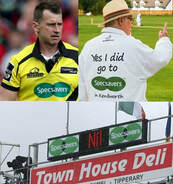
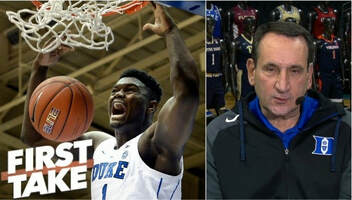
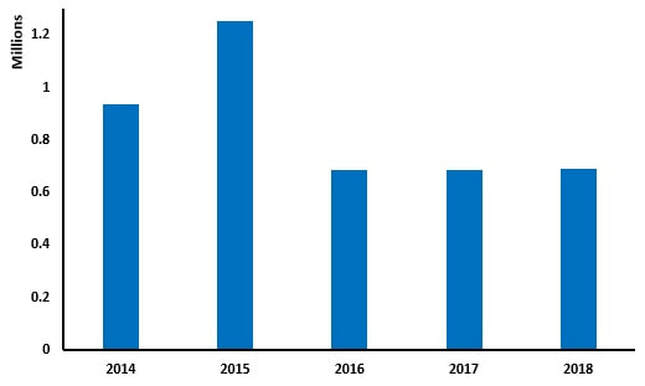
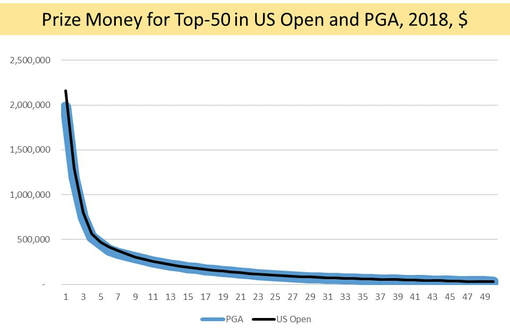
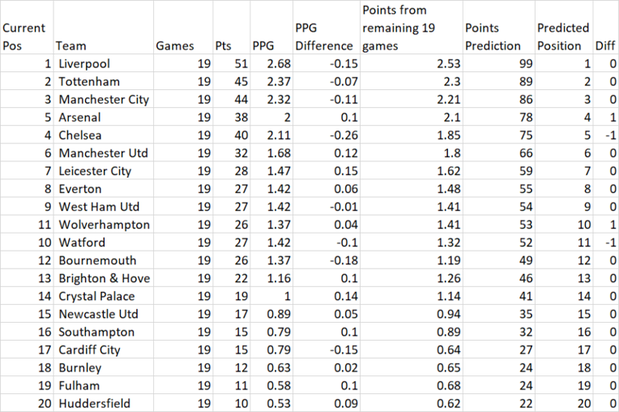
 RSS Feed
RSS Feed